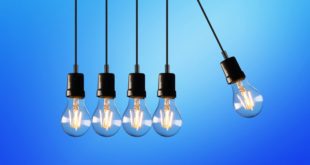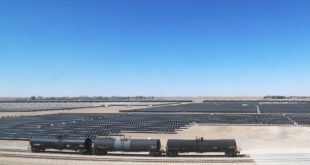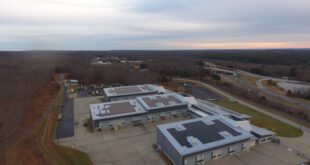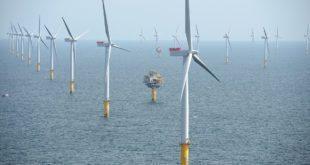Revenue
The profitability of a Wind Farm depends on the kind of wind turbine used, construction prices, performance of wind turbine generation, Operations and Maintenance (O&M), land lease/ royalty payments, and wholesale energy prices from a Power Purchase Agreement.
Massive turbines selling power to the grid will be financially viable where the common wind speed is estimated to be bigger than 7 m/s (15.sixty six mph). They’re likely to become a lot of engaging to businesses in future, as technology continues to improve and therefore the deregulated energy market develops.
Furthermore, little turbines and wind pumps may additionally be viable with average wind speeds as low as 5 m/s (11.eighteen mph), assuming the only different could be a more expensive power source like a diesel generator.
Costs
The development costs of a wind farm are largely determined by 2 factors: the complexity of the location and also the chance of extreme loads. Project sites with troublesome ground conditions like arduous rock, wet, or boggy conditions might be thought-about complex. Also, project sites with tough access maybe be thought-about complicated, as well. Further, a very windy web site with high extreme masses would result in a a lot of expensive civil infrastructure plus the next specification for the turbines.
Additionally, the value of the grid connection could conjointly be important. Grid association costs are tormented by the space to a suitable network affiliation point, the voltage level of the present network, and the network operator’s principles for charging for connections and for the employment of the electricity system.
Since the primary price of manufacturing wind energy is construction with no extra fuel costs, the average price of wind energy per unit of production depends on key assumptions, like the value of capital and years of assumed service. The marginal cost of wind energy once a plant is made is typically less than one cent per kWh. As a result of the cost of capital plays a massive half in projected cost, risk perceived by investors can affect projected costs per unit of electricity.
The commercial viability of wind power conjointly depends on the pricing regime for power producers. Electricity costs are highly regulated worldwide, and in many locations might not replicate the total price of production, let alone indirect subsidies or negative externalities. Customers might enter into long-term pricing contracts for wind to scale back the risk of future pricing changes, thereby making certain additional stable returns for comes at the development stage. These could take the form of standard supply contracts, whereby the system operator undertakes to purchase power from wind at a mounted worth for a certain amount (perhaps up to a limit); these prices might be different than purchase prices from other sources, and even incorporate an implicit subsidy.
In jurisdictions where the value for electricity relies on market mechanisms, revenue for all producers per unit is higher when their production coincides with periods of higher prices. The profitability of wind farms will therefore be higher if their production schedule coincides with these periods.
Learn more about energy 2 green review. In order to save energy you should know about magniwork. Click here for more information about magniwork review.
 Alternative Energy HQ solar power for homes, wind energy, and bio fuel issues
Alternative Energy HQ solar power for homes, wind energy, and bio fuel issues






